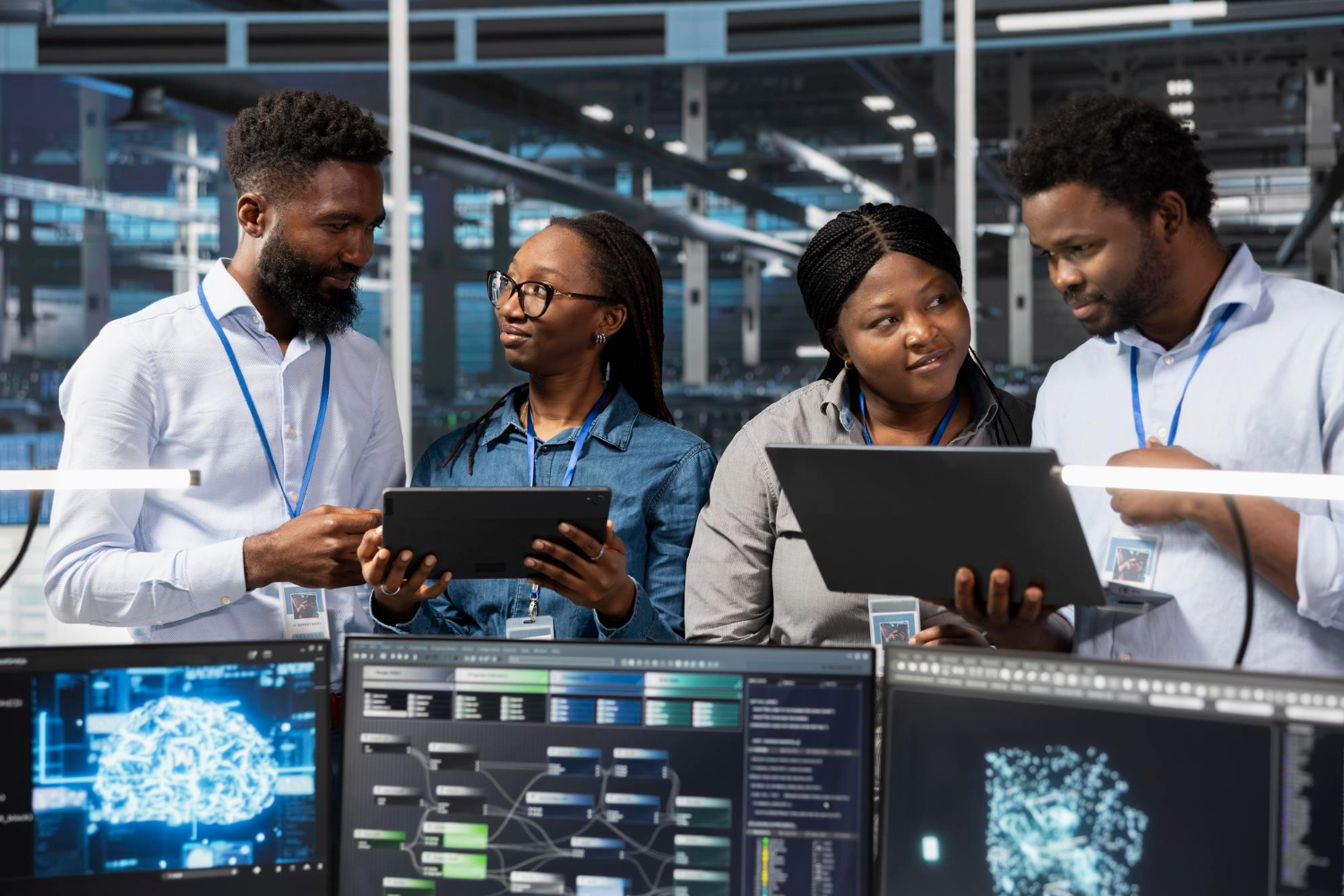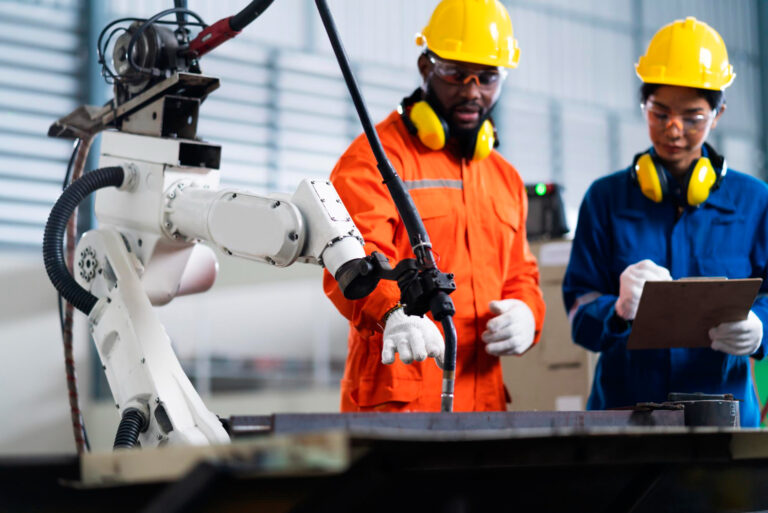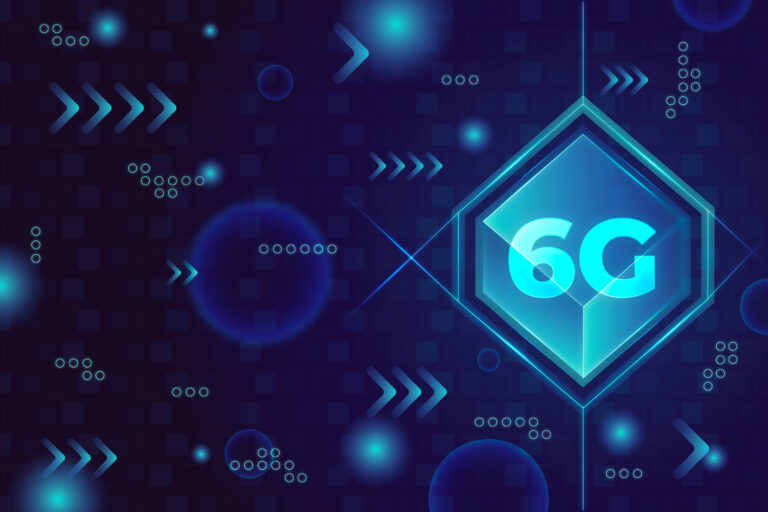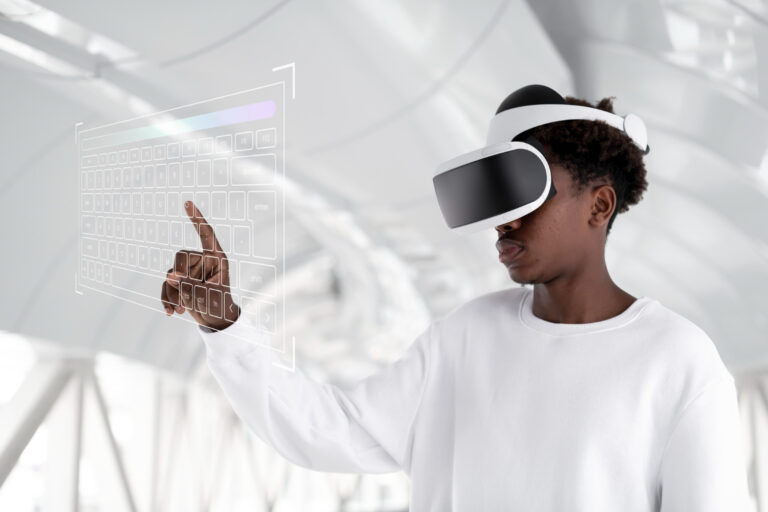The Rise of Edge Computing- How It’s Changing the Cloud and Data Processing in 2025
The Rise of Edge Computing- How It’s Changing the Cloud and Data Processing in 2025
In 2025, the digital ecosystem is expanding at breakneck speed. With the explosion of IoT devices, autonomous vehicles, smart cities, and real-time analytics, traditional cloud computing is reaching its limits. The solution? Edge computing.
Edge computing is revolutionizing how data is processed and analysed by bringing computation closer to where data is generated — on the “edge” of the network. This reduces latency, improves performance, and enhances security.
In this post, we’ll explore what edge computing is, how it works, real-world applications, benefits, challenges, and why it’s critical to the future of technology.
What is Edge Computing?
Edge computing refers to a distributed computing paradigm where data is processed near the data source (such as IoT sensors, cameras, or smartphones), rather than relying solely on centralized cloud servers.
🧠 Key Idea:
Instead of sending all data to the cloud for processing, edge computing enables local processing on edge devices or local data centres.
🔗 Learn more from Intel’s Edge Computing Guide
Edge vs Cloud vs Fog Computing
| Type | Description | Use Cases |
|---|---|---|
| Cloud | Centralized processing in remote data centres | Web apps, data storage, analytics |
| Edge | Local processing near the device | Real-time applications, IoT, AR/VR |
| Fog | Processing between cloud and edge, often at the gateway level | Smart factories, connected vehicles |
Why Edge Computing is Rising in 2025
-
Real-Time Processing Needs:
Applications like autonomous driving or industrial automation require ultra-low latency (less than 10ms). -
Data Explosion:
Over 150 billion connected devices expected by 2025. Sending all data to the cloud is inefficient. -
Bandwidth Optimization:
Reducing the amount of data transmitted to the cloud saves on costs and improves performance. -
Privacy & Compliance:
Local processing helps meet data residency laws like GDPR or HIPAA.
How Edge Computing Works
Here’s a simplified flow of edge computing:
-
Data Generation: A sensor/device collects raw data (e.g., a temperature sensor).
-
Edge Device Processing: A local edge device or gateway processes the data immediately.
-
Decision Making: If needed, the edge device acts (e.g., turning on a fan) without needing to consult a central cloud.
-
Cloud Syncing: Relevant data may still be sent to the cloud for storage or deep analytics.
📘 Read Microsoft’s overview of edge architecture
Key Technologies Enabling Edge Computing
-
5G Networks – High-speed, low-latency mobile communication.
-
AI on the Edge – Real-time decision-making using local ML models.
-
Edge Gateways – Devices that bridge sensors and cloud services.
-
Containers & Kubernetes – For deploying microservices at the edge.
-
IoT Platforms – Like AWS IoT Greengrass and Azure IoT Edge.
Top Edge Computing Platforms in 2025
Real-World Applications of Edge Computing
1. Smart Cities
-
Traffic management: Process video feeds in real-time to detect congestion.
-
Public safety: Edge AI analyses CCTV feeds for crime detection.
2. Healthcare
-
Wearable devices: Monitor patient vitals and trigger emergency alerts without latency.
-
Edge imaging: Faster MRI/CT scan analysis at local facilities.
3. Autonomous Vehicles
-
Process data from LIDAR, cameras, and sensors on-board to make split-second decisions.
4. Industrial Automation (IIoT)
-
Detect equipment failure early using predictive maintenance at the edge.
5. Retail
-
Smart shelves: Monitor inventory levels in real-time.
-
Personalized advertising: Analyse shopper behaviour locally.
Benefits of Edge Computing
| Benefit | Description |
|---|---|
| Low Latency | Instant responses for real-time apps |
| Bandwidth Efficiency | Less data transmitted to the cloud |
| Enhanced Privacy | Local data processing supports compliance |
| Improved Reliability | Works even when cloud connectivity is lost |
| Cost-Effective | Reduces cloud storage and processing fees |
Challenges of Edge Computing
1. Security Risks
-
Edge devices are physically accessible, making them more vulnerable.
-
Endpoint security is critical.
2. Device Management
-
Managing thousands of edge devices across geographies is complex.
3. Scalability
-
Unlike cloud scaling, edge requires physical deployment.
4. Standardization
-
Lack of unified protocols makes interoperability a challenge.
Edge and AI — The Perfect Match
In 2025, Edge AI is the fastest-growing segment in edge computing. Running AI models locally enables:
-
Faster predictions
-
Offline processing
-
Lower latency
-
Greater personalization
✅ Use Case: A smart security camera identifies intruders in real-time without sending footage to the cloud.
Edge Computing and 5G — A Symbiotic Relationship
5G provides:
-
10x faster speeds than 4G
-
Sub-10ms latency
-
Higher bandwidth
This enables edge computing to support:
-
AR/VR streaming
-
Industrial robotics
-
Telemedicine
-
Smart farming
Industries Poised to Benefit the Most
| Industry | Use Cases |
|---|---|
| Healthcare | Remote diagnostics, smart ambulances |
| Manufacturing | Robotic automation, defect detection |
| Energy | Smart grids, pipeline monitoring |
| Transportation | Autonomous driving, fleet tracking |
| Agriculture | Smart irrigation, crop monitoring |
Edge Computing Career Opportunities in 2025
| Role | Avg. Salary (USD) | Skills Required |
|---|---|---|
| Edge AI Engineer | $120,000+ | ML, Python, TensorFlow |
| IoT Solution Architect | $110,000+ | Embedded systems, Azure IoT |
| DevOps for Edge | $105,000+ | Kubernetes, CI/CD, Linux |
| Network Edge Engineer | $95,000+ | 5G, edge routers, protocols |
✅ Tip: Certifications from AWS IoT, Microsoft Azure IoT, or [CompTIA IoT+] can boost your resume.
Getting Started with Edge Development
-
Learn Linux and Networking Fundamentals
-
Familiarize with IoT Boards (Raspberry Pi, NVIDIA Jetson)
-
Learn Python and Node.js for device programming
-
Understand containerization (Docker)
-
Experiment with cloud-edge integrations using AWS or Azure
Conclusion
Edge computing is not just a technological trend — it’s a paradigm shift. As we continue to build smarter cities, vehicles, factories, and devices, edge computing ensures these innovations are fast, reliable, and intelligent.
The next wave of digital transformation will happen at the edge — and it’s already underway in 2025.






